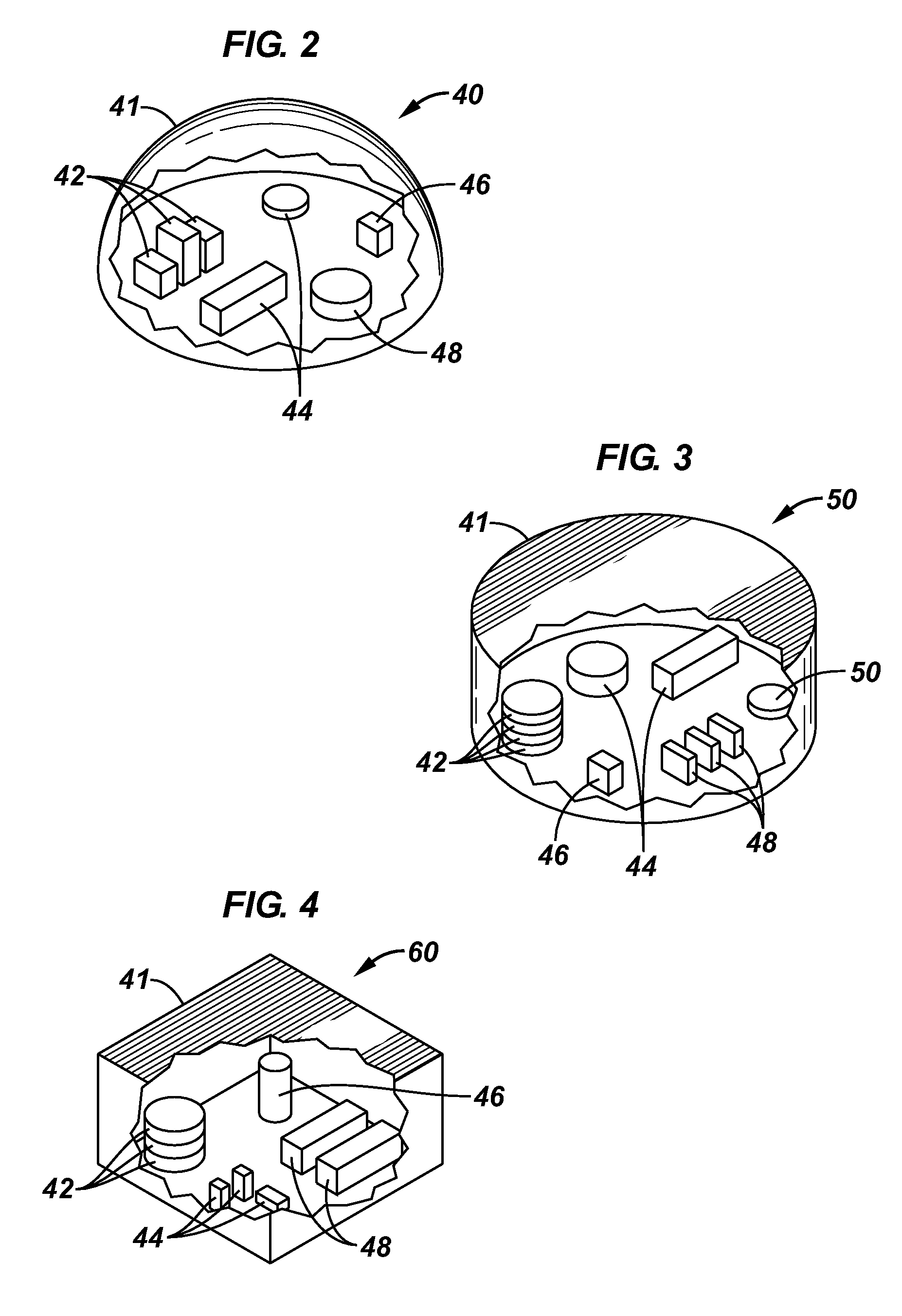Apparatus, systems and methods for seabed data acquisition
a technology apparatus, applied in the field of underwater seabed data acquisition, can solve the problems of compromising the interpretation of time-lapse differences, affecting the accuracy of time-lapse surveys, and the relative slowness of seabed seismic sensor deployment, so as to reduce the errors of time-lapse surveys
- Summary
- Abstract
- Description
- Claims
- Application Information
AI Technical Summary
Benefits of technology
Problems solved by technology
Method used
Image
Examples
Embodiment Construction
[0053]In the following description, numerous details are set forth to provide an understanding of the present invention. However, it will be understood by those skilled in the art that the present invention may be practiced without these details and that numerous variations or modifications from the described embodiments may be possible.
[0054]All phrases, derivations, collocations and multiword expressions used herein, in particular in the claims that follow, are expressly not limited to nouns and verbs. It is apparent that meanings are not just expressed by nouns and verbs or single words. Languages use a variety of ways to express content. The existence of inventive concepts and the ways in which these are expressed varies in language-cultures. For example, many lexicalized compounds in Germanic languages are often expressed as adjective-noun combinations, noun-preposition-noun combinations or derivations in Romanic languages. The possibility to include phrases, derivations and co...
PUM
 Login to View More
Login to View More Abstract
Description
Claims
Application Information
 Login to View More
Login to View More - R&D
- Intellectual Property
- Life Sciences
- Materials
- Tech Scout
- Unparalleled Data Quality
- Higher Quality Content
- 60% Fewer Hallucinations
Browse by: Latest US Patents, China's latest patents, Technical Efficacy Thesaurus, Application Domain, Technology Topic, Popular Technical Reports.
© 2025 PatSnap. All rights reserved.Legal|Privacy policy|Modern Slavery Act Transparency Statement|Sitemap|About US| Contact US: help@patsnap.com



